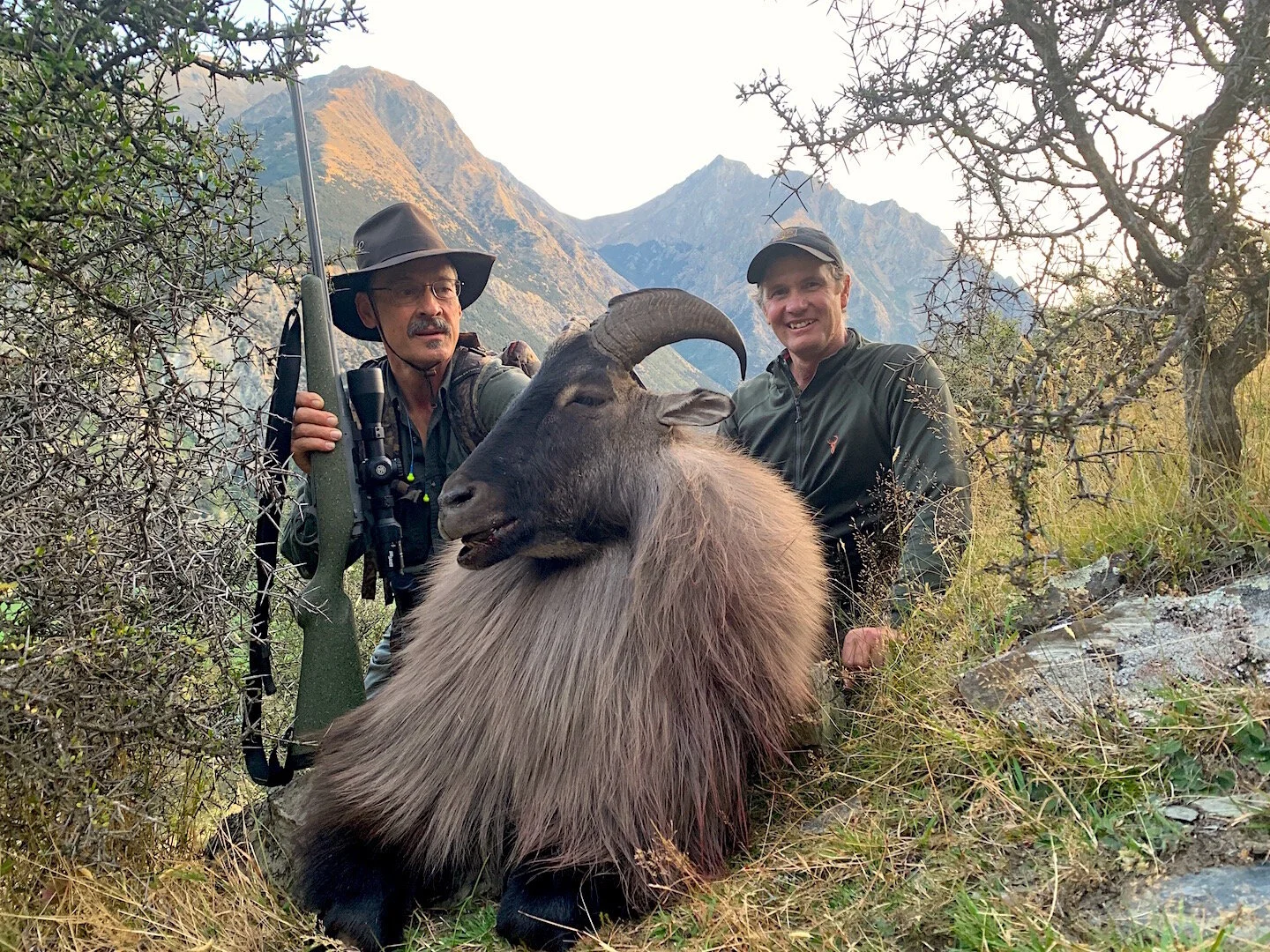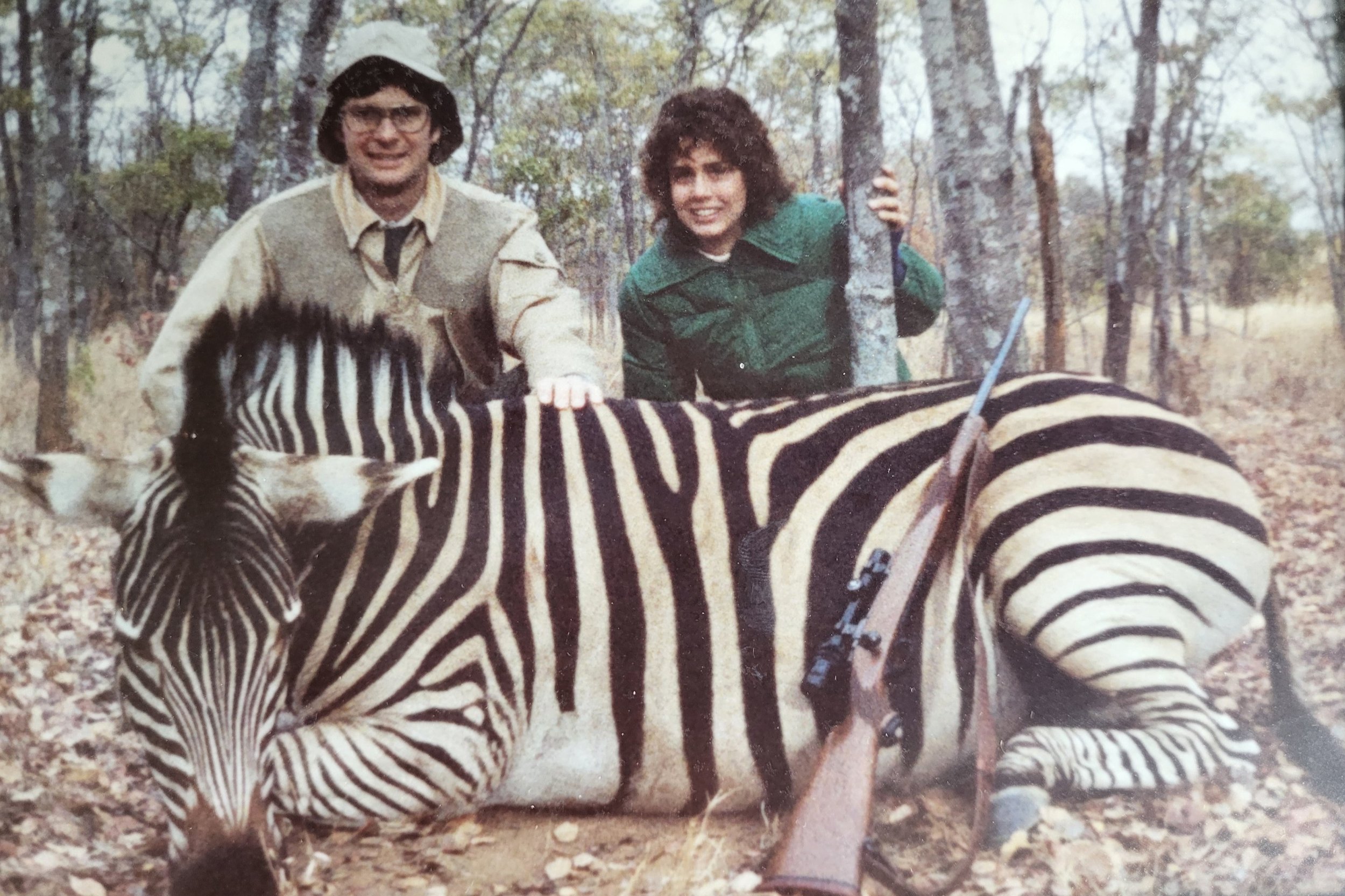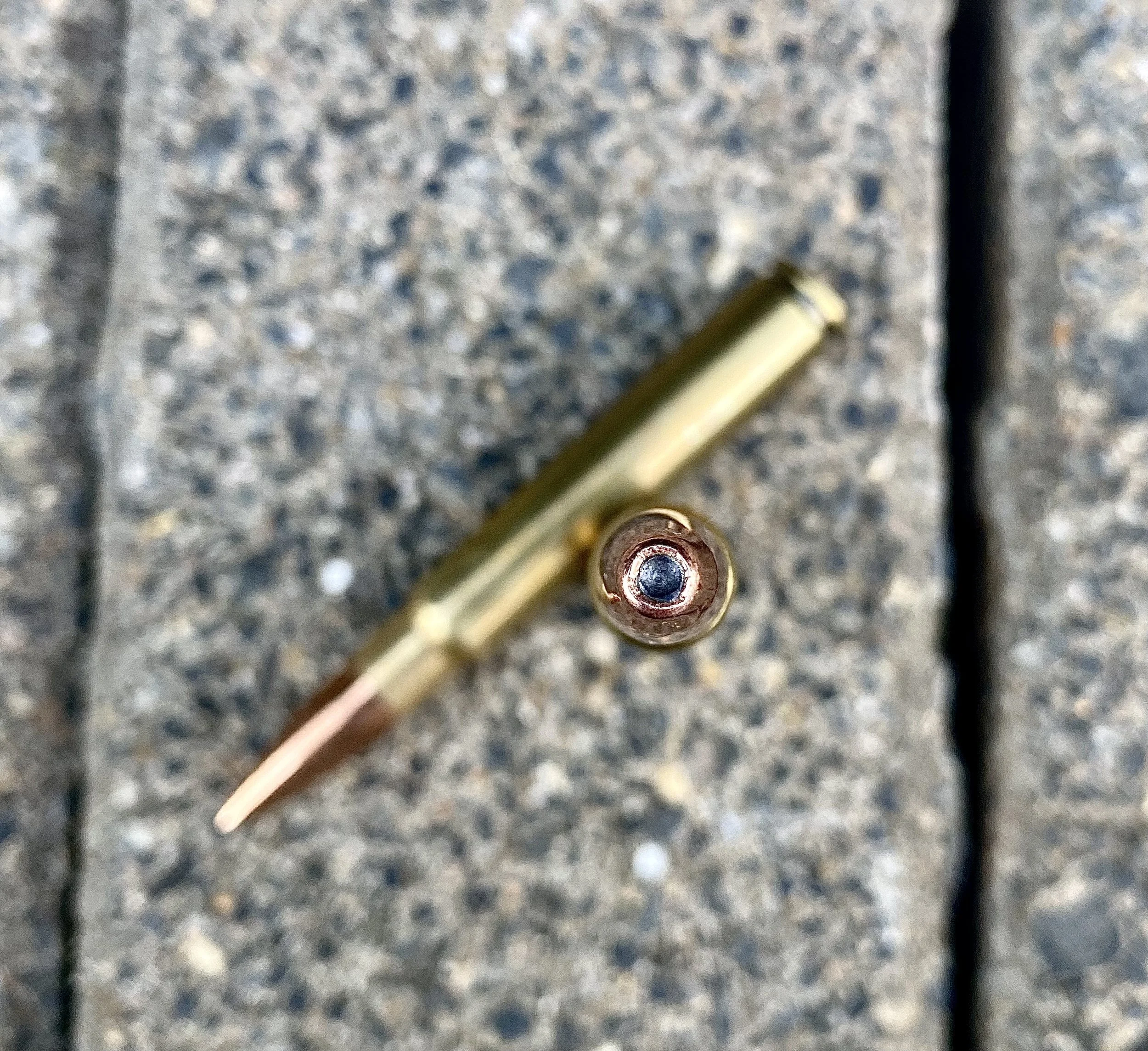New Zealand 6.5 Creedmoor Tests
"Accidental New Zealand 6.5 Creedmoor Tests" could be the title of this article. I hadn’t planned on hunting the world’s largest antlered red stags, tough mountain tahr, and “moose-antlered” fallow deer with the little 6.5mm everyone loves — or loves to hate. But it happened, so we might as well confess and consider the performance of the Little Cartridge That Could…
March Madness and Nebraska flooding conspire to force 6.5 Creedmoor Tests.
Legendary Arms Works Professional rifle comes out of the closet.
Sig Sauer BDX scope lights the way.
Nosler’s 142-grain Accubond Long Range reaches out.
Photo shows 6.5 Creedmoor Tests against a fatter, larger 6.5 PRC.
How the Legendary Arms Works Professional 6.5 Creedmoor Tests Began
This March Madness had nothing to do with basketball, everything to do with late blizzards and Nebraska flooding. Both held up UPS delivery of a new Legendary Arms Works ProfessionalII rifle. Mike Hudgins had built it in 6.5 PRC on short notice specifically for my New Zealand hunt with legendary Kiwi rancher, guide, and outfitter John Scurr of John Scurr Hunting Tours.
With the rifle in UPS limbo, I was forced to press into service my earlier version of the Legendary Arms Works Professional in 6.5 Creedmoor. I could still use the 142-grain Accubond Long Range bullets I wanted to test, but instead of 6.5 PRC handloads at 2,950 fps, I’d be throwing them as Winchester factory loads at 2,700 fps verified by an Oehler 33P chronograph. Fortunately, I had Sig Sauer’s new BDX scope and bluetooth-connected Kilo 1800 Rangefinder to help.
Image shows LAW rifle and Sig Sauer scope used for 6.5 Creedmoor tests.
Trajectory Differences in 6.5 Creedmooor Tests
The 6.5 Creedmoor earned its popularity by combining extremely efficient (high ballistic coefficient) bullets with minimal recoil at a muzzle velocity (MV) of 2,700 fps. The downside is a sacrifice in kinetic energy and reach compared to the new 6.5 PRC. Yes, the Creedmoor is widely understood to be an extreme-range cartridge, but only because users compensate for its rather ho-hum trajectory curve with high B.C. bullets, laser rangefinders, and drop compensating scopes. With the new Sig Sauer 4.5-14x44mm Sierra BDX, I had a drop compensating scope in spades. This unit “talks” (via Bluetooth) to a Sig Sauer Kilo 1800 BDX rangefinder, then illuminates the aiming point corresponding to target distance and the ballistic curve of your projectile. (We’ll cover this Sig Sauer BDX system in detail in a future RSO blog.)
But putting a bullet on target isn't a hunter's only consideration. What many question about the 6.5 Creedmoor is killing ability. Even with the "right" bullet, can the Creed "haul the mail?" That's what I was going to test in New Zealand. In my estimation the 6.5 PRC is poised to replace the Creedmoor as a hunting round by adding about 250 fps velocity to the same high B.C. bullets. Now, 250 fps isn’t a “make-or-break” performance difference, but at longer ranges those slight differences add up, as these ballistic tables indicate.
6.5 Creedmoor Ballistic Table6.5 PRC Ballistic Table
Note that I zeroed both cartridges for Maximum Point Blank Range on an 8-inch target (max ordinate a hair under 4 inches.) With laser rangefinders and ballistic compensating scopes like the Sig Sauer BDX, MPBR isn’t as essential as it was 20 years ago, but it remains extremely useful for quick shooting opportunities and when batteries fail. Using it in conjunction with any range compensating scope extends that scope’s maximum useful range, too.
The PRC’s 2-inch drop advantage at 300 yards is no big deal, but 5 inches at 400 yards begins to matter. At 500 yards the 8-inch PRC advantage strongly argues its case. Wind deflection differences are much smaller. If you subscribe to the 1,000 f-p minimum energy on target theory (I do not,) the 6.5 PRC gives you a bit more than an additional 100 yards of effective range. I don't advocate 800-yard or even 700-yard shots, either, but many highly trained (I trust!) modern shooters take them.
LAW rifle, Sig Sauer Sierra scope in New Zealand for 6.5 Creedmoor tests.
I rarely fire at 500-yard game, but on this hunt I was asked to help cull tahr by taking any female I could after taking a male. As you'll soon read, this required a 545-yard shot, a great test for the scope, rifle, ammo, and shooter. (New Zealand hunters often fight with their government when it threatens to exterminate all tahr in that country, deeming them an invasive species. Culling herds is essential for retaining them.)
The 6.5 Creedmoor Tests Begin
After a 30-minute boat ride up beautiful Lake Hawea, John Scurr, Grant Scurr, assistant guides George Scurr and Ed Bracco, Betsy, and I began glassing shoreline ridges for game.Finding only a red deer hind and fawn, we beached and began hunting on foot, glassing for hours before climbing an extremely steep 2,000-foot mountain. En route to the top we jumped three fallow deer females, one spike, and one so-so three-year-old buck. When we next flushed a lone buck, I merely stood and glassed, the antlers unimpressive from the back. Only when this buck turned broadside did the palmation flash me into action. By the time I’d shed my pack and the neoprene scope cover, my chance had disappeared into a deep, brushy draw, bearing its widely palmated antlers with it.
After we sweated our way atop the ridge, we lay prone and spotted a band of nine tahr, all females and kids on a distant rock outcropping. Then two young bulls grazed their way out of a manuka woods below us, no more than 80 yards away. While Grant watched for older bulls to join them, I spotted six dark, hairy bulls emerging from a block of manukas in a lower draw. The BDX rangefinder showed a shoot-to range of 365 yards, but they were feeding closer. I settled the LAW atop my pack. Rock solid. The 7-pound bolt-action had been grouping the Winchester loads sub-MOA, so I was confident. But closer is always better. We watched the bulls slowly nibble our way. The sun was setting when they hit 325 yards and the biggest turned broadside. I centered the orange BDX reticle dot just in front of his shoulder (slight breeze from the left) and launched. We could see and hear the impact. The bull wheeled and plunged into the brushy draw. One and done.
Hunters with bull tahr as part of the 6.5 Creedmoor tests in New Zealand.
“Those females still there?” I asked Ed. They were. The young apprentice ranged them with the Kilo 1800. A dot farther down the scope’s reticle lit up. “Five forty,” Ed said. I held for about 8 inches of drift and sent another Accubond Long Range through the New Zealand mountain air. The female tumbled off the rocks and crashed into the brush below. Recoil was so minimal I was able to see the hit.
6.5 Creedmoor Tests Red Stag Bull
A 220-pound bull tahr is tough, but at 400 pounds, a mature red stag is a bigger challenge for a 142-grain bullet at 6.5 Creedmoor speeds. On our third day of hunting we jumped a thickly antlered bull that made the mistake of stopping to look back over a wall of bracken. “One hundred eighty seven,” Grant said as I fumbled the Steady Sticks under the LAW rifle. He needn’t have bothered. The scope reticle glowed right at the center of the reticle. This stag was easily within MPBR. I settled the confidence-boosting lighted dot low on the bull’s shoulder and fired. The bonded Nosler broke the on-side shoulder, tore through the aorta and lungs, and exited high on the opposite shoulder thanks to the steep, uphill shot angle. We had another one-shot kill, tenderloins for dinner, and more proof that the little 6.5 Creedmoor tests positive as a game getter.
Image shows hunters with large red stag felled with one shot during 6.5 Creedmoor tests.
6.5 Creedmoor Tests Betsy And Vice Versa
Critics of the 6.5 Creedmoor often belittle it as a “women’s rifle.” Sounds like a compliment to me. Although Betsy has taken game from pronghorns to Cape buffalo with cartridges from 6mm Remington to 375 H&H Magnum, she appreciates the light recoil of a light rifle IF it leads to clean, one-shot kills. She was coming off three one-shot kills of black and blue wildebeest and southern eland with 308 Win. and 30-06 rifles throwing 150- and 180-grain bullets, so, despite a too-long length-of-pull, she immediately enjoyed the trim feel and minimal recoil of the Legendary Arms Works Professional 6.5 Creedmoor. (You can watch its recoil and see my video review of it here.)
While hiking and glassing, we glimpsed antlers of a big fallow buck lurking behind a thick, evergreen manuka bush. We sat and waited an hour for him to emerge. Finally Grant ambled down the ridge to nudge the buck out. Betsy was seated, steady, and ready. I grunted twice. The buck stopped to look. Within a second Betsy fired from 120 yards, putting the Nosler precisely on the low shoulder. It exited high on the far shoulder, again due to the shooting angle. Everything’s up and down in New Zealand mountains, but the angle-compensating feature of the Kilo 1800 rangefinder handles that instantly. My mathematically challenged brain does not! Betsy's buck dashed a few yards and rolled into the bracken. Ed got most of the venison from this one, but we did sample one meal of steaks. I would happily eat fallow deer any day of any week.
Woman hunter and male guide pose with a big fallow buck taken with Legendary Arms Works rifle during 6.5 Creedmoor tests.
6.5 Creedmoor Tests Conclusions
At the risk of boredom, I'll reiterate what many have already discovered about the 6.5 Creedmoor: it's at least as deadly and easy to shoot as the old 6.5x55 Swede of 1894. Much of its performance, if not most of it, can be attributed to extremely aerodynamically efficient bullets like the tough, bonded, yet sleek Nosler Accubond Long Range. Bullets like this, I'm convinced, are the future of rifle shooting. And why shouldn't they be? As I often say, bullets are just glorified rocks we throw using instruments a lot more precise than our hands and arms -- or even slings the likes of which David used to slay Goliath. Why settle for bullets short and stumpy when you can get them long and sleek? In any bottlenecked cartridge. They'll fly much farther, deflect much less in cross winds, and retain much more energy at all ranges.What remains yet unanswered is how much better the 6.5 PRC is. Ballistic tables alone tell me I'm going to prefer it, and now that UPS has finally delivered the new Legendary Arms Works Professional II in 6.5 PRC, I can begin testing. Alas, it'll be many, many months before I'll be able to try that rifle on game the likes of which we found with John Scurr Hunting Tours in stunning New Zealand. More blogs on that adventure coming soon! Full reports on the LAW Professional II, the Sig Sauer scope and rangefinder duo, too. Stay tuned and sign up for our newsletter on the Ron Spomer Outdoors website so you don't miss a post.The author has tested and hunted with dozens of scope/rifle/cartridge/bullet combinations over the years, but doubts he'll ever sample them all. Nevertheless, he keeps trying.






















